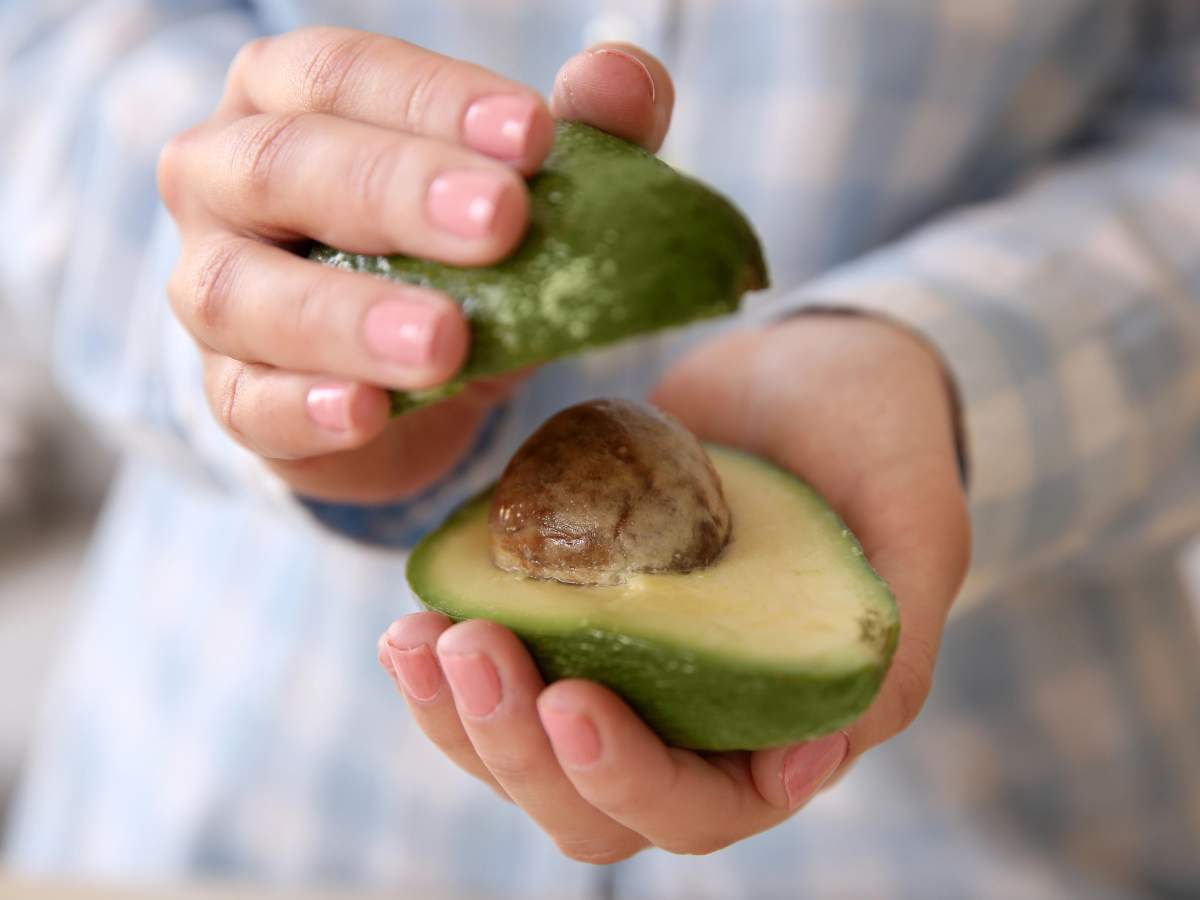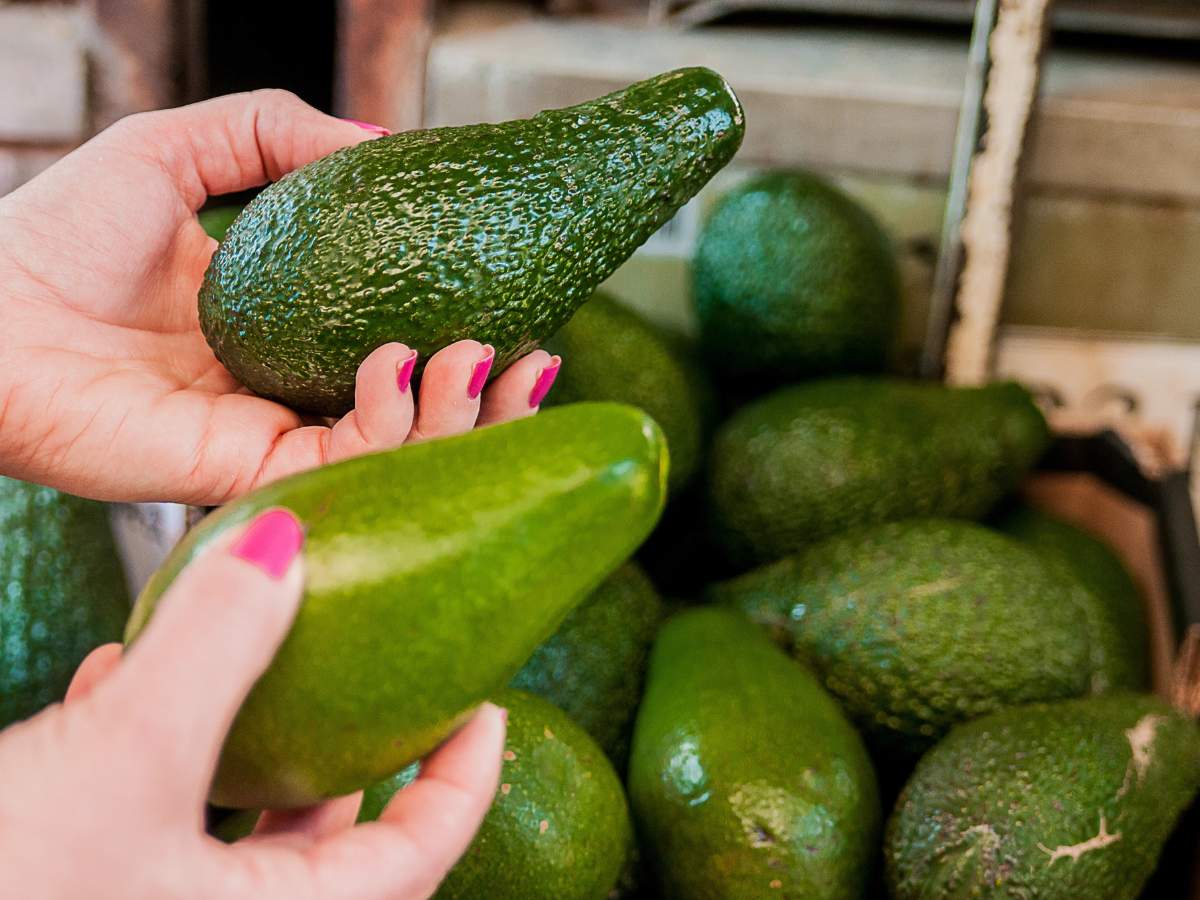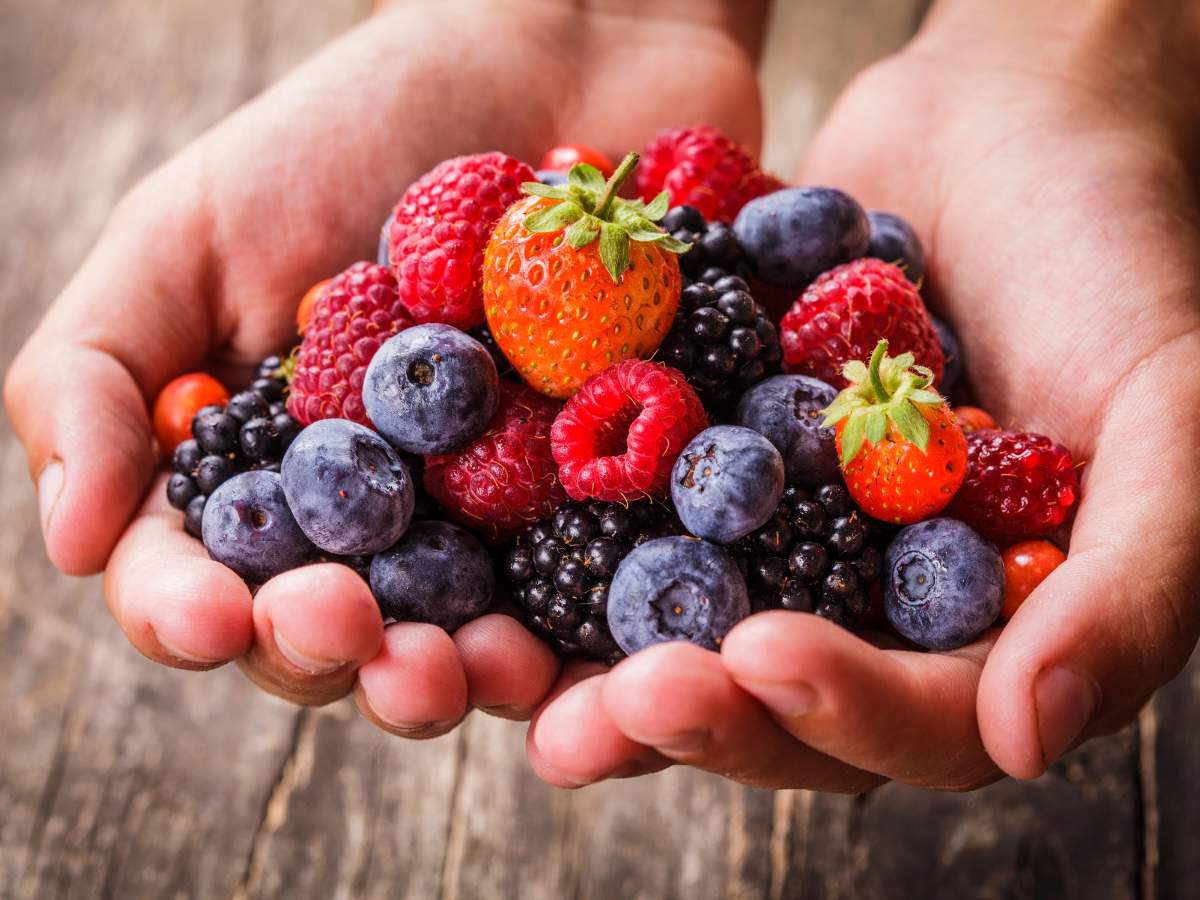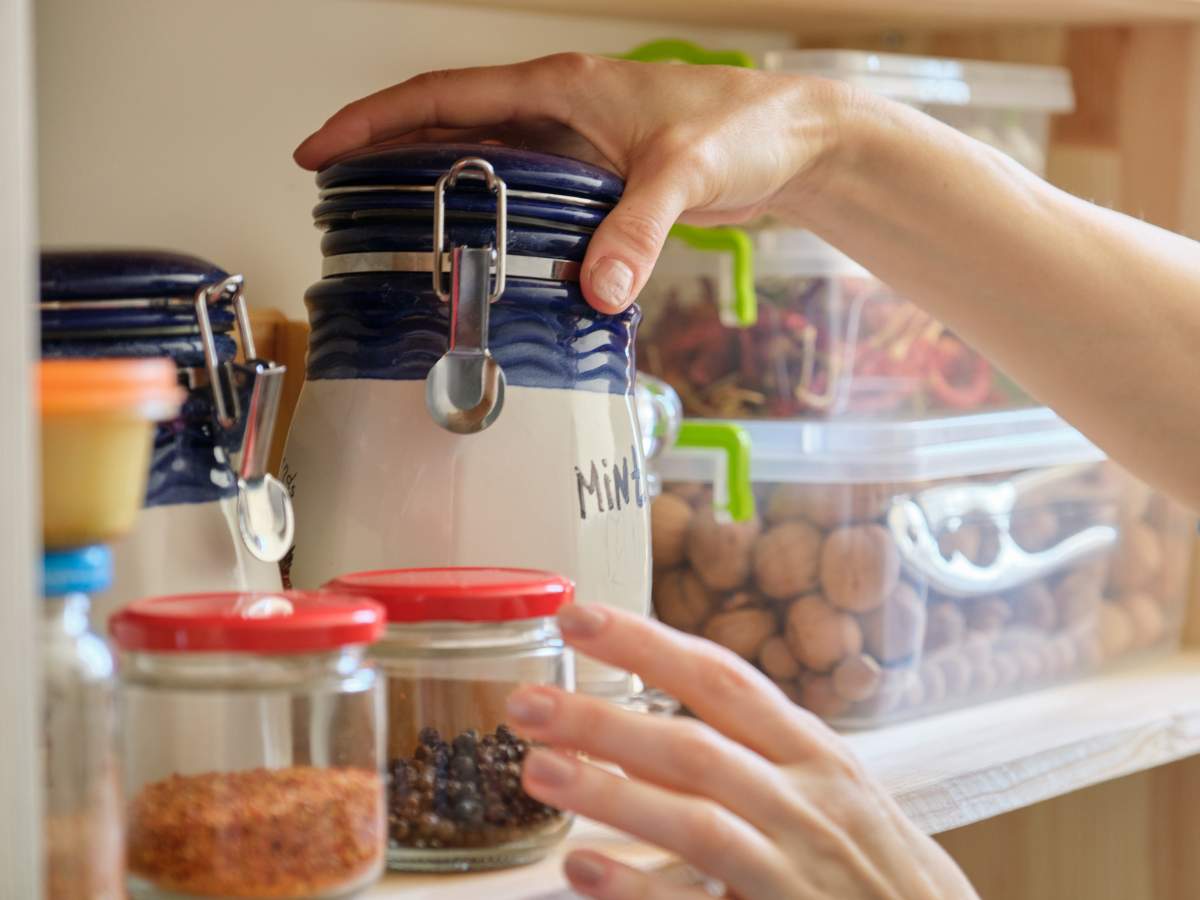Canned Goods To Always Have In Your Pantry
As a participant in the Amazon Services LLC Associates Program and other affiliate programs, Easy Homemade Life may collect a share of sales or other compensation from the links on this page. This comes at no additional cost to you, and all the prices and availability are accurate at the time of publishing.
Stocking your pantry with canned goods is a clever hack for fast meals, making life easier whether you’re short on time or facing an emergency. It’s a game-changing move that blends convenience, shelf-life and nutrition to always keep you prepared.

Navigating the canned goods aisle can be overwhelming, but with a few tips, you’ll be stocking your pantry like a pro. Look for low-sodium options and those packed in water or natural juices to keep your meals healthy. Remember, the key to a well-stocked pantry is variety — this way, you’ll always have the building blocks for a nutritious and delicious meal, no matter what the day throws at you.
When shopping, consider each product’s flexibility, cost, nutritional value, and taste. Focus on snagging high-quality, versatile items so your pantry’s always stocked with what you need when you’re ready to cook. With a solid mix of canned veggies, fruits, proteins and soups, you’re set to tackle any kitchen task, from easy sides to fancy main dishes.
Protein-Packed Cans
Keep your meals balanced with canned proteins. These are easy to store and ready when you want quick, nutritious options.
- Tuna: Lean, packed with omega-3s and versatile enough for recipes ranging from salads to pasta, canned tuna is a kitchen staple. Use it in something like this easy tuna noodle casserole.
- Chicken: High-quality canned chicken is as good as fresh and perfect for fast salads or sandwiches, not to mention convenient for making canned chicken patties in a pinch.
- Chickpeas: Ready to go for hummus, stews or wraps, canned chickpeas are a no-fuss protein and fiber source.
- Beans: A powerhouse of protein and fiber, canned beans like black, white, and kidney are very versatile. From salads to chili, they’ve got you covered.
“I always keep canned tuna and salmon in my pantry for an easy way to get protein in. My kids love a simple tuna salad with mayo and pickles, and I love salmon croquettes in the air fryer. It’s helpful that the fish is already cooked and can be turned into a meal in minutes.”
— Gena Lazcano, Ginger Casa
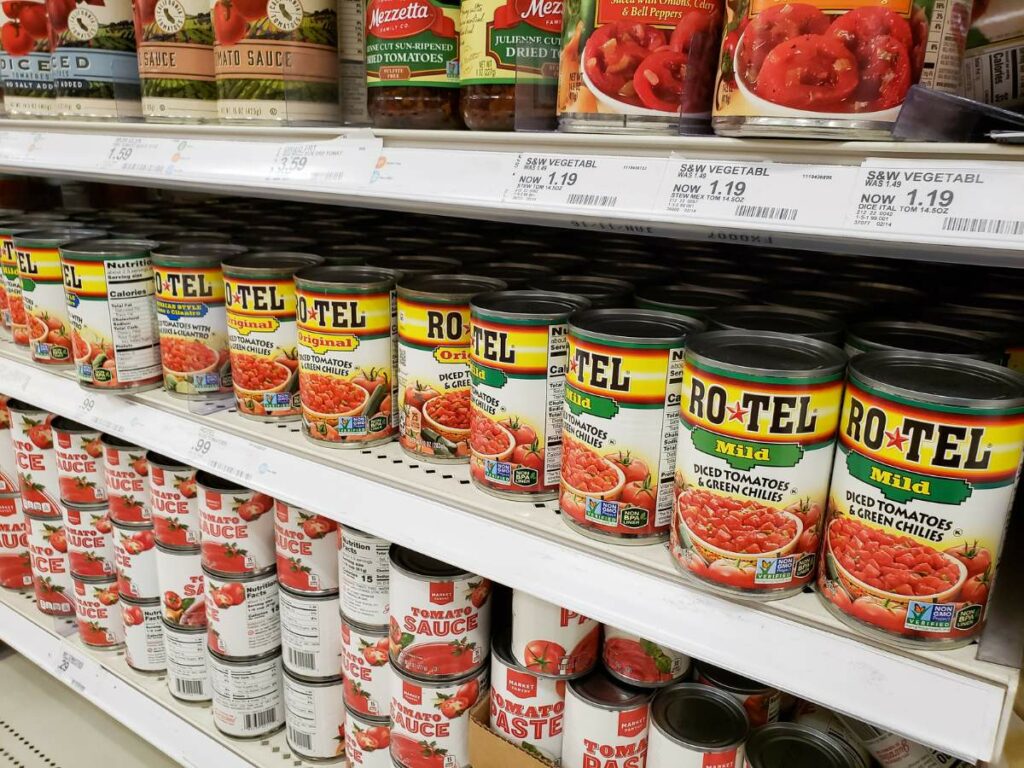
Essential Canned Vegetables
Canned veggies are your go-to for easy, nutritious sides or meal additions. They’re perfect for throwing together quick dishes without sacrificing quality.
- Tomatoes: The MVP of canned goods, tomatoes are perfect for whipping up tomato cobbler, sauces, soups and stews. Whether diced, whole or crushed, they’re ready to elevate your cooking.
- Corn: Canned at its peak, sweet corn keeps its flavor and crunch and is great for salsas, sides or mixing into dishes.
- Beets: Canned beets add earthy sweetness to salads, sides or pickles. They’re high in fiber, folate and potassium, making them a nutritious addition to any meal.
- Green Peas: With no shelling required, these are ready to pop into casseroles or serve as a simple green side.
“My favorite canned item to keep on hand is beets because they are delicious and nutrition-packed, too. Roasting fresh beets takes a while and can be messy, so buying them canned is a big time saver. Canned beets are great on salads, homemade hummus and smoothies.”
— Anne Mauney, MPH, RD, fANNEtastic food
Convenient Canned Fruits
Canned fruits are a pantry must-have for a sweet addition to a recipe or as a healthy snack. They are versatile and offer year-round availability, unlike some fresh seasonal produce.
- Peaches: Sweet, nutritious and versatile, canned peaches can brighten up your meals, from snacks to desserts.
- Pineapple: Bring a bit of the tropics into your kitchen with canned pineapple, which is great for baking, side dishes or salads. In a pinch, I add it to my Tropical Smoothie copycat recipe.
- Pears: Ready-to-eat, canned pears add a soft sweetness to desserts or savory dishes.
“Keeping canned peaches and canned pineapple in my pantry is incredibly convenient. I use peaches for making quick desserts like cobblers and canned pineapple to add to smoothies.”
— Jere’ Cassidy, One Hot Oven
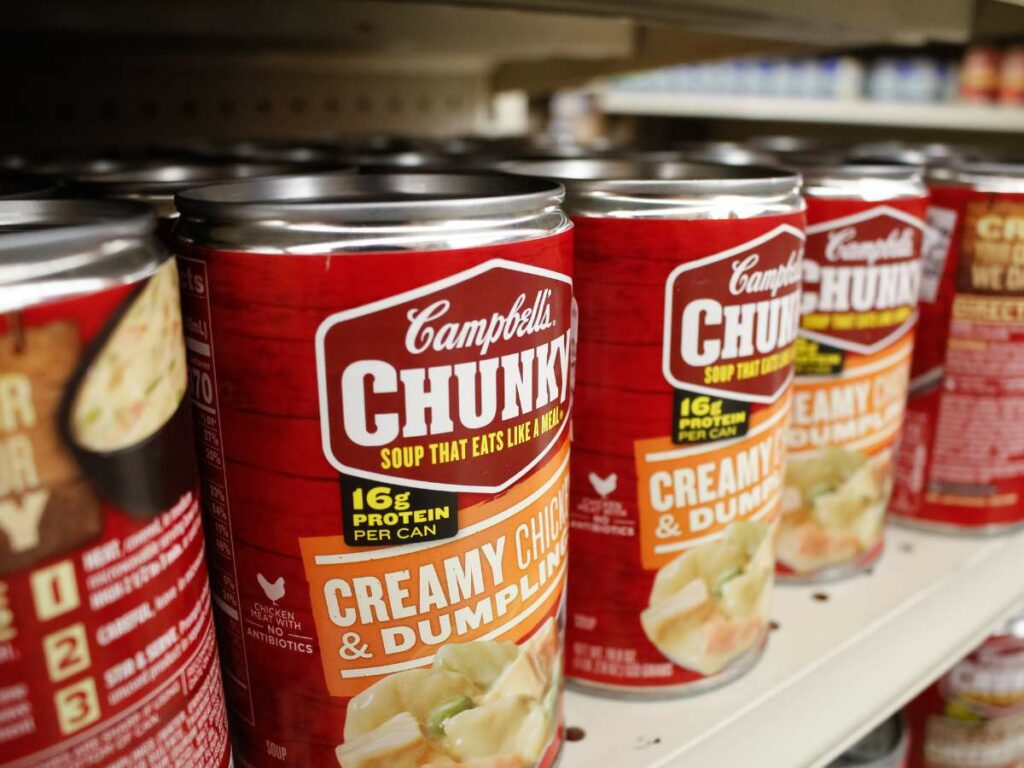
Soups And Broths
Canned soups and broths are often an essential component of many recipes. Having a variety of soups and broths in your pantry means you’re always ready with a flavorful recipe base.
- Chicken Broth: A versatile base for gravies, soups and stews, it is a flavorful, low-calorie comfort food on its own.
- Tomato Soup: Creamy, with the perfect balance of sweet and tart, tomato soup pairs wonderfully with a grilled cheese or as a recipe base.
- Vegetable Soup: With a mix of veggies, canned vegetable soup is a fast, fiber-rich meal option, perfect when time is tight.
Canned Dairy Essentials
Stock up your pantry with canned dairy products for an easy, shelf-stable way to add creaminess and richness to your meals. These versatile dairy options are perfect for cooking, baking or even as a standalone.
- Condensed Milk: A sweet, thickened milk ideal for making luscious desserts or adding a creamy touch to your coffee and coffee jelly. Its sweetness and texture can elevate any sweet dish.
- Evaporated Milk: With a more concentrated flavor than regular milk, evaporated milk is great for cooking and baking, adding depth to sauces, soups and even your morning cup of coffee.
- Coconut Milk: Canned coconut milk is a must-have, especially for households that minimize dairy consumption. It’s a cornerstone in curries, soups and desserts, offering a rich, creamy consistency and a hint of coconut sweetness.
Quick Tips for Buying and Storing Canned Goods
There’s always that one or two food items that we forget about and expire before we get the chance to use them. Whether it’s fresh ingredients or canned goods, it’s important to keep your kitchen organized and declutter from time to time to avoid food waste.
However, the freshness and safety of your food begins once you purchase them and how you put them away when you get home. Although canned goods generally have a long shelf life, it’s still important to store them properly to maintain their quality and make sure they remain safe for consumption. These quick tips will help you make informed choices when buying canned goods and maintain optimal storage conditions for a well-organized and efficient pantry.
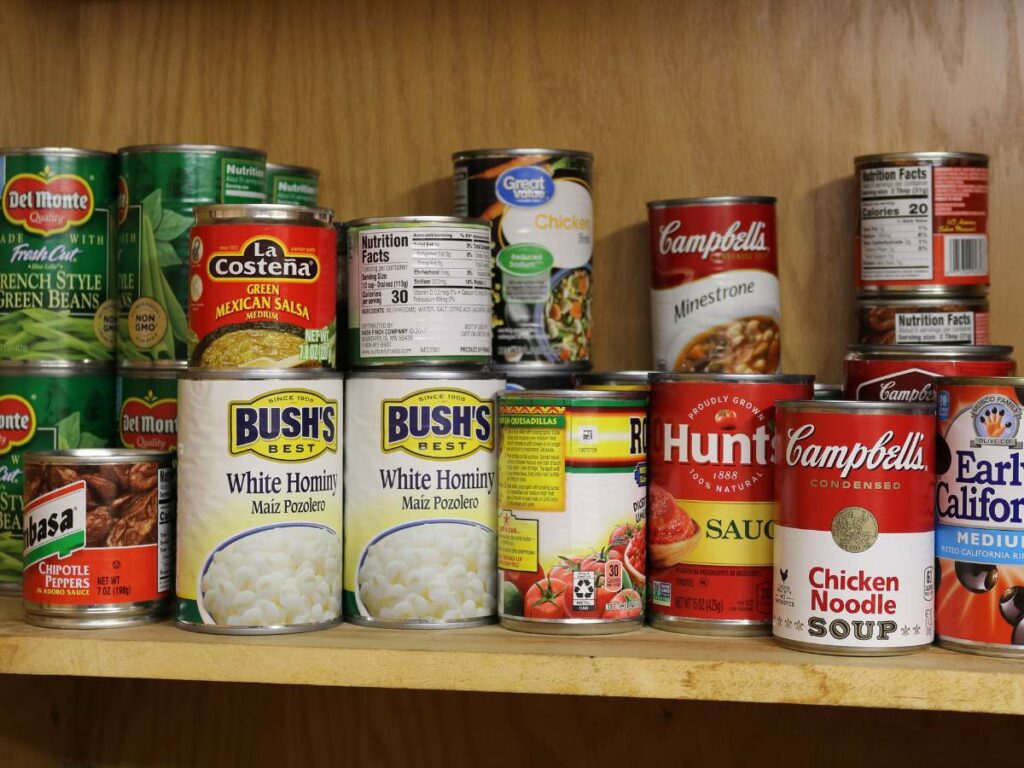
Buying Tips
Like buying any other food items at the store, you want to make sure that you get the freshest and highest-quality canned goods available. Follow these quick buying tips so you can take home cans that are in optimal condition.
- Inspect for Damage: Do not buy cans with dents, bulges, leaks, or rust in them as these can be signs of compromised quality and safety. Also avoid cans that are dusty or have torn labels – this may mean it’s been on the shelf for a long time.
- Check The Expiration Date: Always check the expiration dates of canned goods. Choose fresh ones with the furthest expiration date from the time of buying, so you can keep it for longer.
- Read Labels: While you’re at it, also read the labels to learn about its nutrition facts. I always look for low-sodium, low-sugar, and BPA-free options as they are a healthier choice.
- Choose Variety: It’s ideal to diversify your selection so that you have all the categories covered: protein, fruits, vegetables, soups and broths, and dairy. Make sure that you choose canned goods that you’re actually going to use – I recommend creating a weekly meal plan and a shopping list beforehand to make sure that none of your canned goods will go to waste!
- Buy in Bulk: If you use a certain canned good at home regularly, buy in bulk during sales to save money (provided that you have adequate storage space). I bulk buy condensed milk because I often make desserts that use it, including my 3-ingredient cheesecakes and 3-ingredient ice cream!
Storing Tips
How you store your canned goods affect their freshness and quality. Follow these effective tips to make sure that your cans remain accessible and to prevent spoilage.
- Keep An Inventory: Make it a habit to maintain a list of all the food items, including canned goods, that you buy in a week. This way, you can keep track of what you have and what you’ve used to prevent food waste and avoid unnecessary purchases in your next trips to the store.
- Observe the FIFO Method: Observe the first in, first out method to make sure that none of your canned goods expire before you get to use them. To make this easier, I place newer cans at the back and older cans at the front and use them in the order they were purchased. This significantly helps to minimize food waste.
- Label Shelves: To keep your food items further organized, label your storage bins or shelves with categories (like veggies, soups, dairy etc.) so that you can find and access your canned goods easier.
- Rotate Your Stock: Check your canned goods periodically and rotate your stock to make sure that you use cans that are nearing their expiration date.
- Store in a Cool, Dry Place: Most importantly, store your canned goods in a cool, dry place like a cabinet or pantry to maintain their freshness and quality. Avoid lacing them near not near pipes, the stove or range, a furnace or in direct sunlight. It’s important to keep cans dry to avoid the metal lids from rusting, as this can cause leaks and food spoilage.
Final Thoughts
Stocking your pantry with a variety of canned goods is your secret weapon for whipping up meals in no time. With everything from versatile veggies and proteins to handy fruits and dairy, you have all the ingredients for endless meal possibilities right at your fingertips.
It’s all about making cooking easier and more fun, ensuring you’re ready for anything — whether it’s a last-minute dinner or a creative recipe idea. Curate your pantry’s canned goods collection with favorites and essentials so you can transform meal prep from a chore into something easy and fun.
Portions of this article originally appeared on Food Drink Life.


